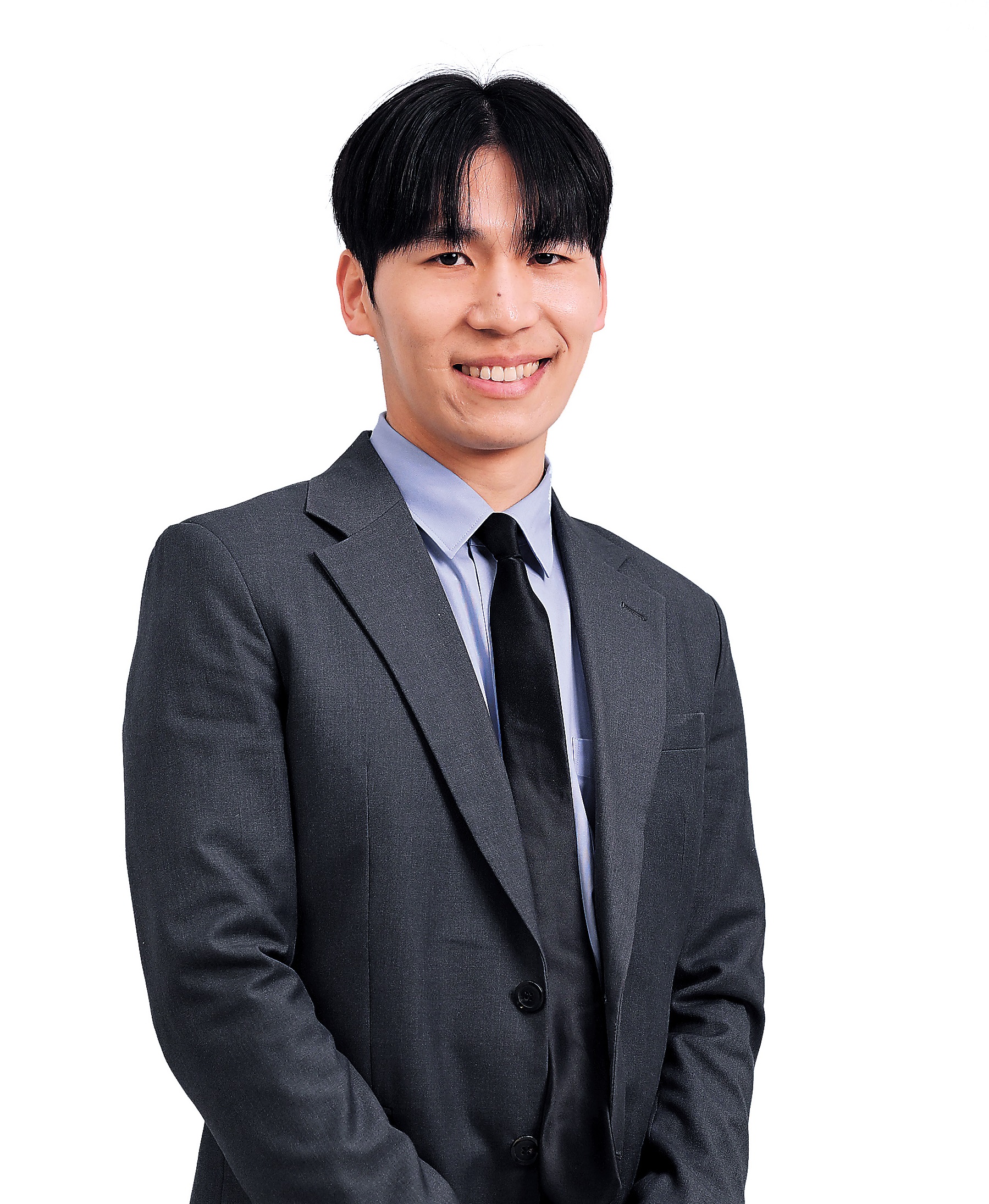

Find the answer at the bottom.
Alcohol is often served to encourage freer social interaction, but being aware of local drinking customs is also recommended for avoiding awkward situations.
The end of the year is a common time for group or office dinners in Korea, where following a drinking etiquette developed from Korean Confucianism -- with its formal displays of respect for elders and those of higher status in a group -- is often considered important.
At after-work group dinners called "hoesik" in Korean, traditionally, the younger members of the group pour the alcohol, starting with the glasses of the older members. They should fill the glasses of the oldest or highest-ranking individuals first before serving others.
Another way of showing respect to elders and those of higher rank is to use both hands when pouring a drink or receiving alcohol. When pouring for others, younger members should either hold the bottle with both hands or with their right hand while placing their left hand on their chest or right arm. When a more senior member pours alcohol into a junior member's glass, the latter should use both hands to hold it. Senior members can use one hand when offering or receiving alcohol from those younger than them.
Yet another way to follow this drinking etiquette is for younger members to ensure that when clinking glasses, they avoid raising them higher than those of their elders.
For non-drinkers, it is traditionally considered a polite gesture to receive a glass full of alcohol and at least take a sip for the first toast, or to bring the glass to one's lips.
Answer: (a)





![[Herald Interview] How Gopizza got big in India](http://res.heraldm.com/phpwas/restmb_idxmake.php?idx=644&simg=/content/image/2024/11/20/20241120050057_0.jpg&u=20241120164556)

![[KH Explains] Dissecting Hyundai Motor's lobbying in US](http://res.heraldm.com/phpwas/restmb_idxmake.php?idx=644&simg=/content/image/2024/11/20/20241120050034_0.jpg&u=)

![[Kim Seong-kon] Farewell to the vanishing John Wayne era](http://res.heraldm.com/phpwas/restmb_idxmake.php?idx=644&simg=/content/image/2024/11/19/20241119050096_0.jpg&u=)
![[Graphic News] 70% of S. Koreans believe couples can live together without tying the knot: survey](http://res.heraldm.com/phpwas/restmb_idxmake.php?idx=644&simg=/content/image/2024/11/19/20241119050098_0.gif&u=)












![[Today’s K-pop] Blackpink’s Jennie, Lisa invited to Coachella as solo acts](http://res.heraldm.com/phpwas/restmb_idxmake.php?idx=642&simg=/content/image/2024/11/21/20241121050099_0.jpg&u=20241121172748)